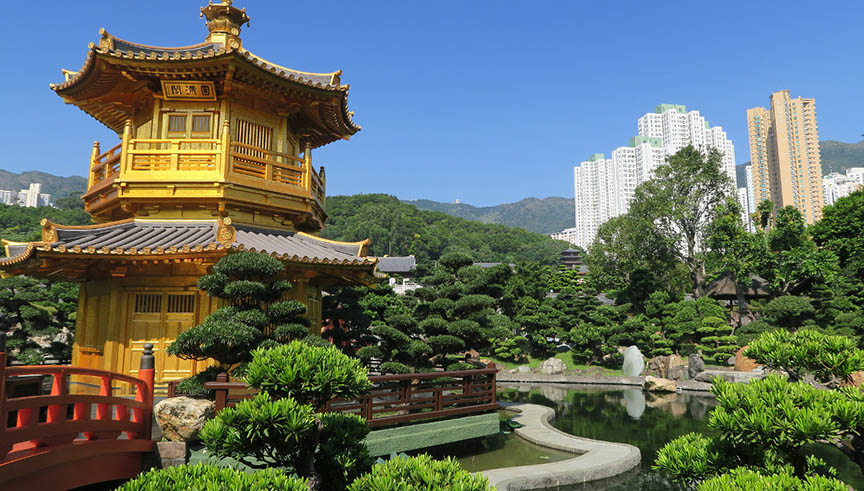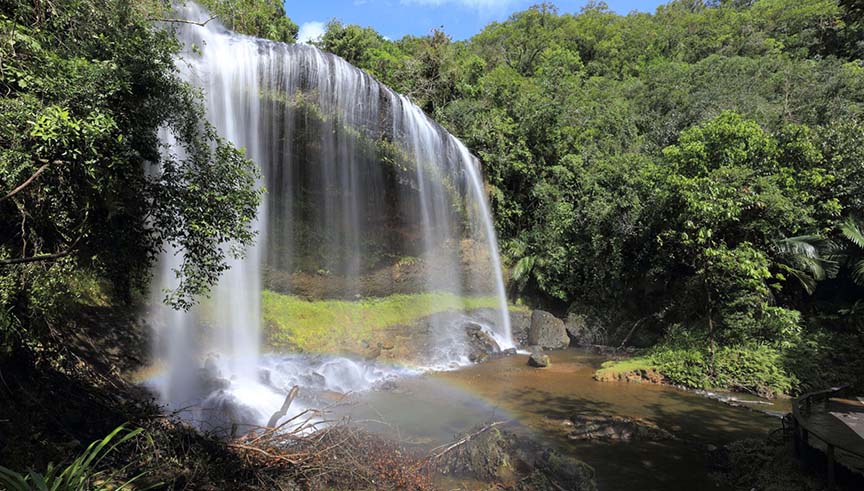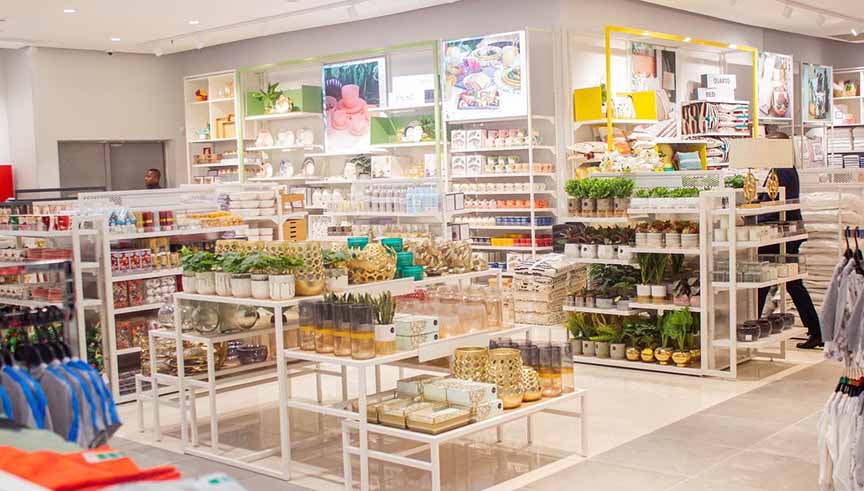
City Harmony: Discovering Hong Kong’s Architectural Tapestry
Hong Kong has always beckoned me with its unique blend of traditional feng shui principles and modern urban marvels. In this exploration, I unveil the city’s captivating story through its iconic landmarks and hidden gems, each narrating a tale of cultural richness and innovative design.
My Exploration:
Victoria Peak:
Embarking on the ascent to Victoria Peak, the highest point on Hong Kong Island, unfolded a mesmerizing spectacle of the city’s skyline. The gradual climb aboard the Peak Tram not only served as a mode of transportation but also evolved into a cultural journey. The summit experience, complemented by the Sky100 observation deck, provided an immersive panorama, showcasing the interplay between towering skyscrapers and the serene Victoria Harbour.
Reliability was the hallmark of the Peak Tram service, ensuring a smooth and secure journey to the summit. The tram operators demonstrated a commitment to safety, adding a layer of assurance to the overall experience. The deliberate pace of the ascent allowed for a gradual absorption of the surroundings, fostering a connection with the historical charm intrinsic to the tram.
Upon reaching the summit’s Sky100 observation deck, the depth of the experience was further enriched by the insightful guidance of the knowledgeable staff. Their expertise extended beyond the panoramic views, delving into the city’s landmarks, architectural marvels, and historical significance. Engaging with these guides not only elevated the viewing experience but also added a personalized touch to the visit.
Standing on the observation deck, surrounded by the iconic cityscape, a profound connection to Hong Kong’s past, present, and future was forged. The intricacies of urban planning, the harmonious blend of modern and historical architecture, and the strategic placement of skyscrapers became vividly apparent from this elevated perspective.
The journey to Victoria Peak, facilitated by the Peak Tram and culminating at the Sky100 observation deck, transcended conventional sightseeing. It morphed into a cultural immersion and an architectural revelation, leaving an enduring impression of Hong Kong’s dynamic spirit and breathtaking allure.
Pros:
- Spectacular Views: Unmatched vistas of the city and harbor.
- Iconic Experience: The historical significance of the Peak Tram ride.
- Photographic Paradise: Ideal for capturing captivating cityscapes.
Cons:
- Peak Hour Crowds: The summit can get crowded during peak visiting hours.
Location:
Victoria Peak, Hong Kong Island
Transportation:
Peak Tram from Garden Road or a scenic hike from Lugard Road.
Exclusive Offer:
Combo tickets for the Peak Tram and Sky100 available on their official websites.
Victoria Peak served as a breathtaking introduction to Hong Kong’s architectural wonders, showcasing the seamless integration of nature and urban development.
Man Mo Temple:
Nestled gracefully in the heart of Sheung Wan, the Man Mo Temple emerges as a tranquil haven, offering a serene refuge from the bustling urban energy that defines Hong Kong. Stepping into this sacred space, I was immediately enveloped in an aura of calmness, heightened by the pervasive fragrance of incense that wafted through the air, creating an almost mystical ambiance.
The temple’s architectural grandeur, paying homage to the revered Gods of Literature and War, stood as a testament to traditional Chinese design. Every element, from the intricately carved wooden doors to the gracefully curved eaves, reflected a harmonious blend of artistic finesse and spiritual symbolism. This union of aesthetics and sacred purpose imbued the surroundings with a profound sense of reverence.

A notable aspect that caught my attention was the impeccable upkeep of the temple. Despite its historical significance and constant stream of visitors, the premises were meticulously maintained. The stone pathways were flawlessly swept, and the vibrant colors of the temple’s facade remained striking. This commitment to preservation contributed to the timeless allure of the Man Mo Temple, preserving the echoes of the past in a seamlessly curated present.
Opting for a guided tour further enhanced my exploration. The knowledgeable guides, well-versed in the temple’s history, provided valuable insights that added layers of meaning to every ornate detail. From the mesmerizing hanging incense coils to the intricate carvings, each element became a narrative thread weaving together the contemporary moment with the temple’s storied past. The guided tour unfolded as a journey through time, unraveling the cultural and spiritual significance embedded in every corner.
As I wandered through the temple grounds, I marveled at the delicate equilibrium achieved between architectural splendor and spiritual tranquility. The Man Mo Temple, with its dedication to historical preservation and cultural reverence, transcended its role as a mere place of worship. Instead, it stood as a living testament to Hong Kong’s rich heritage, inviting visitors to pause, reflect, and immerse themselves in the timeless beauty of tradition.
Pros:
- Cultural Immersion: A genuine peek into Hong Kong’s cultural roots.
- Architectural Grandeur: Ornate details reflecting traditional Chinese design.
- Spiritual Retreat: A peaceful escape from the urban buzz.
Cons:
- Limited Space: Crowded during peak times, limiting personal space.
Location:
Man Mo Temple, Sheung Wan, Hong Kong
Transportation:
Accessible by MTR, with Sheung Wan Station in proximity.
Exclusive Offer:
Free entry, with donations welcomed for temple maintenance.
Man Mo Temple provided a cultural refuge, showcasing the spiritual facet of Hong Kong amid its modern landscape.
Hong Kong Park:
Nestled strategically in the bustling heart of the city, Hong Kong Park unfolds as a captivating amalgamation of nature seamlessly interwoven with contemporary design. As I embarked on an exploration of its diverse landscapes, from the tranquil Aviary to the vibrant Olympic Square, the park revealed itself as a meticulously crafted haven, providing a serene escape within the dynamic urban tapestry.
The Aviary, adorned with lush greenery and enlivened by the harmonious melodies of its resident birds, beckoned me into a sanctuary of tranquility amidst the city’s hustle. The seamless integration of natural elements and architectural ingenuity created an immersive experience, where every meandering path and carefully curated habitat fostered a profound connection with the surrounding flora and fauna. The distant backdrop of towering skyscrapers served as a poignant reminder of the unique juxtaposition that defines Hong Kong’s urban-nature coexistence.
Contrastingly, the Olympic Square pulsated with energy and communal spirit, offering a dynamic counterpoint to the Aviary’s serenity. The square’s modern design, adorned with contemporary sculptures and expansive open spaces, provided a vibrant canvas for various activities. From locals partaking in tai chi sessions to families enjoying leisurely picnics, the square resonated with a lively atmosphere that mirrored the diverse spirit of Hong Kong.
The meticulous attention to maintaining top-notch facilities throughout the park underscored its commitment to providing a welcoming environment for visitors. Pristine pathways, thoughtfully landscaped gardens, and strategically placed resting areas showcased a dedication to enhancing the overall experience. Each corner of the park seemed purposefully designed, inviting visitors to engage with nature in various ways – be it strolling through themed gardens or finding secluded spots for quiet contemplation.
Led by knowledgeable guides, these tours unfolded as informative journeys, unveiling the ecological significance of different sections and weaving captivating anecdotes about the park’s evolution. Complementing this, educational programs provided interactive avenues for visitors of all ages to connect with the environment, fostering a genuine appreciation for the delicate equilibrium between nature and urban development.
Hong Kong Park transcends the conventional role of urban green spaces. It not only serves as a refuge from the city’s relentless pace but also stands as a living testament to the harmonious coexistence of nature and modernity. With its well-maintained facilities, engaging guided tours, and educational initiatives, the park serves as a model for the seamless integration of urban spaces with the natural world, offering a multifaceted experience for both locals and visitors alike.
Pros:
- Urban Oasis: A green sanctuary within the city.
- Avian Diversity: The Aviary hosts rare bird species.
- Architectural Harmony: Modern design integrated with natural landscapes.
Cons:
- Weekend Crowds: Popular among locals and tourists, weekends can be busy.
Location:
Hong Kong Park, Central, Hong Kong
Transportation:
Walking distance from Central MTR Station.
Exclusive Offer:
Free park entry, with some attractions having nominal fees.
Hong Kong Park exemplified thoughtful urban planning, showcasing a harmonious coexistence of nature and modern architecture.
Recommended Destinations:
Chi Lin Nunnery and Nan Lian Garden:
Hidden in Diamond Hill, this complex exudes classical Tang Dynasty architecture. The wooden structures, bonsai trees, and lotus ponds create an idyllic setting, offering a peaceful escape.
The complex is well-maintained, with informative signages providing insights into its history.
Pros:
- Cultural Heritage: A pristine showcase of traditional Tang Dynasty architecture.
- Zen Ambiance: Tranquil surroundings conducive to meditation.
- Photogenic Setting: Every corner offers a picturesque backdrop.

Cons:
- Limited English Information: Some historical details might be better understood with a local guide.
Location:
Chi Lin Nunnery and Nan Lian Garden, Diamond Hill, Kowloon
Transportation:
Accessible by MTR, with Diamond Hill Station nearby.
Exclusive Offer:
Free entry to both the nunnery and garden.
Chi Lin Nunnery and Nan Lian Garden were a testament to the timeless beauty of traditional Chinese architecture and landscape design.
Hong Kong Heritage Museum:
Situated in Sha Tin, the museum is a treasure trove of the city’s history and culture. Modern architecture complements its extensive exhibits, providing a comprehensive exploration of Hong Kong’s heritage.
Audio guides and guided tours enhance the museum experience.
Pros:
- Comprehensive History: Detailed exploration of Hong Kong’s rich heritage.
- Interactive Exhibits: Engaging displays suitable for all ages.
- Architectural Aesthetics: Modern design seamlessly integrated with exhibition spaces.
Cons:
- Weekend Crowds: High footfall, especially on weekends.
Location:
Hong Kong Heritage Museum, Sha Tin, New Territories
Transportation:
Accessible by MTR, with Sha Tin Station nearby.
Exclusive Offer:
Discounted entry fees for students and seniors.
The Hong Kong Heritage Museum was a captivating journey through time, revealing the city’s diverse history in an engaging manner.
PMQ (Police Married Quarters):
In SoHo, PMQ is a revitalized historic site that once housed married police officers. Preserved architecture now serves as a creative hub, housing studios, shops, and galleries for local artists and designers.
PMQ offers guided tours and workshops for a deeper understanding of its transformation.
Pros:
- Artistic Hub: A vibrant space showcasing local creativity and craftsmanship.
- Historical Significance: Preserving the architectural heritage of the police quarters.
- Unique Shopping Experience: Boutiques featuring one-of-a-kind designs.
Cons:
- Limited Parking: Accessible by public transport, but parking may be challenging.
Location:
PMQ, SoHo, Hong Kong Island
Transportation:
Walking distance from Central MTR Station.
Exclusive Offer:
Some studios may offer exclusive discounts to visitors.
PMQ was a delightful blend of history and contemporary creativity, providing a unique shopping and cultural experience.
Navigating Hong Kong’s design and architecture unfolded a captivating narrative, weaving together threads of tradition, innovation, and cultural diversity. From the heights of Victoria Peak to the tranquility of Chi Lin Nunnery, each destination unveiled a different facet of the city’s identity. The fusion of ancient feng shui principles with modern urban planning creates a unique harmony that defines Hong Kong’s architectural landscape. As I traversed the city’s streets, every building, every temple, and every park contributed to the symphony of Hong Kong’s design, creating a visual narrative that is both captivating and dynamic.
You May Also Like

Street Food Adventures: Exploring the Unique Street Eats of Luanda
13/05/2023
The Natural Splendor of Palau: Unveiling Islands, Lakes, and Waterfalls
22/03/2023

